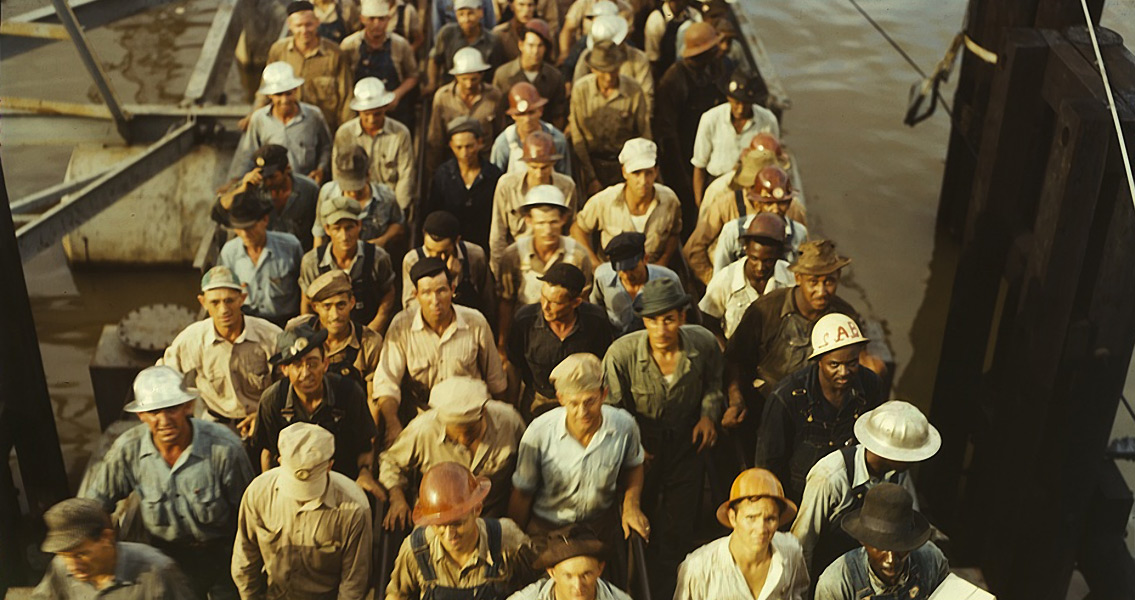<![CDATA[On 15th June 1943, a massive gang of white workers from the shipyards in Beaumont, Texas, descended on the city's centre. The angry mob, estimated to have numbered anywhere between 2,000 and 3,000 men, made their way downtown after hearing news that a white woman had accused a black man of raping her. Arriving at the police station, the massive mob was informed that the alleged victim had been unable to identify any of the black men held in custody as her assailant. The lack of a clear suspect failed to appease the mob however, and they elected to take the law into their own hands with terrifying consequences. The leaderless, disorganised crowd, growing to around 4,000 people as it picked up interested bystanders, headed for Beaumont's black neighbourhoods. Breaking into groups they attacked shops and businesses in the black section of the city, such as the bustling community on Forsythe Street. What had started as a vigilante attempt at justice turned into an all out attack on Beaumont's black citizens. Arming themselves with guns, axes, hammers and any other tools that could be fashioned into makeshift weapons, the vicious mobs made their way around the neighbourhoods in the north and centre of the city. Black people were attacked on the streets, while shops and restaurants were broken into, vandalised, looted and burnt. Over a hundred homes of black Beaumont residents were also ransacked, ultimately leaving many homeless. Realising the uncontrollable situation which had consumed his city, George Gary, Beaumont's Mayor, called in the Texas National Guard, and state governor A.M. Aiken Jr. placed the city under martial law. At 8:30 pm, 1,800 national guardsmen along with a hundred state police and 75 Texas Rangers arrived in the city and set about enforcing a curfew in an attempt to restore order. Highway patrols set up roadblocks around Beaumont, essentially putting the entire city into lockdown. The move was a measure to prevent white people from rural communities heading to the city to bolster the rampant mob. Similarly, local navy and army bases made Beaumont off limits to military personnel, fearing they too could join the violence. By the next day Beaumont had been brought to a complete halt. The local bus service was shut down, while intercity buses scheduled to stop at Beaumont were ordered to divert. All bars, playgrounds and off licences were closed to prevent crowds gathering. Black workers were told to stay at home rather than risk going to work. Eventually, by 20th June, order seemed to have been restored to the city; the national guard had withdrawn, and the curfew was lifted. Nevertheless, the riots had taken a heavy toll. Alongside the massive property damage, two people had been killed - one black person, one white. Fifty people had been injured, some seriously, while around 206 had been arrested. Beaumont had been a hotbed of racial tension for years prior to the explosion of the race riots. The city had become a Second World War boomtown in 1941 due to the increased demand on its shipyards and munitions factories. Some 18,000 new residents moved to the city between 1941 and 1943, forcing black and white communities to integrate there in ways they never had to before. Housing and food shortages, alongside increased competition for jobs, added further fuel to the volatile mix. By 1943 commuter transportation had been segregated to bring an end to racially motivated violence on the city's transport network, providing an insight into just how divided the city had become. As living conditions in the city worsened, these perilous racial tensions only intensified, needing little in the way of a spark before finally detonating.]]>
1943 Race Riot Ignites in Beaumont, Texas
